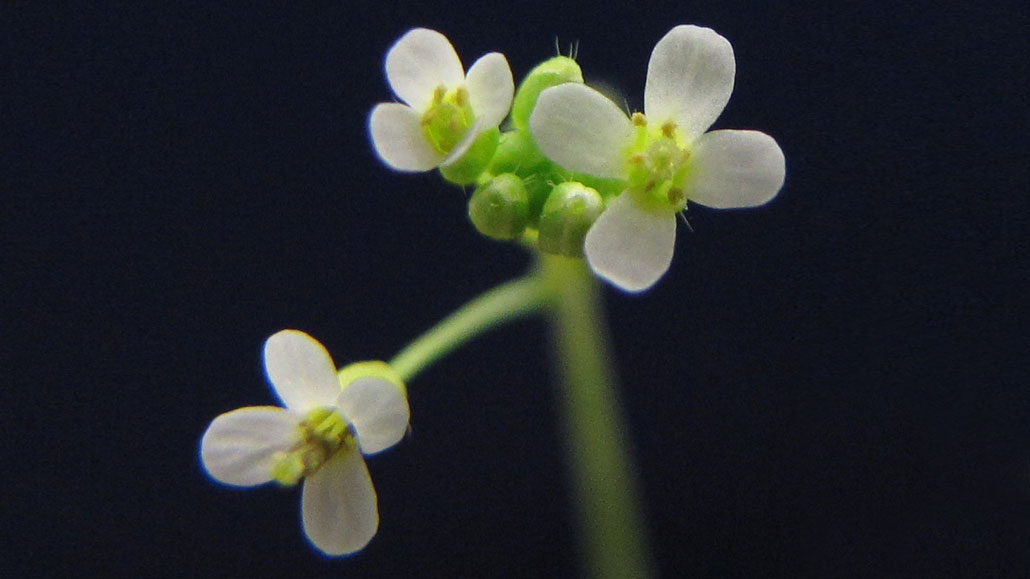
A plant called Arabidopsis thaliana has been studied widely for decades, favored by scientists for its compact, easy-to-grow nature. But scientists never noticed one of its organs, until now.
BlueRidgeKitties/Flickr (CC BY-NC-SA 2.0)

A plant called Arabidopsis thaliana has been studied widely for decades, favored by scientists for its compact, easy-to-grow nature. But scientists never noticed one of its organs, until now.
BlueRidgeKitties/Flickr (CC BY-NC-SA 2.0)